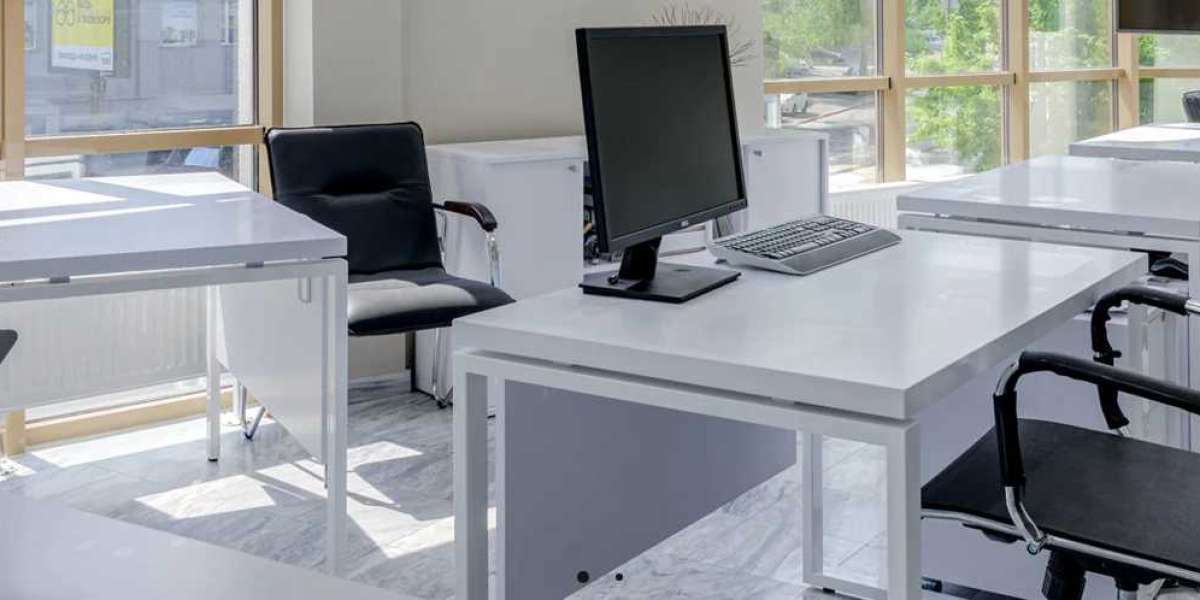Creating an ergonomic workspace is essential for promoting employee health, comfort, and productivity. Ergonomic office furniture is designed to support the natural posture and movements of the human body, reducing the risk of discomfort and musculoskeletal disorders. This guide will help you understand the key features of ergonomic furniture and how to choose the right pieces for your office.
1. The Importance of Ergonomic Office Furniture
- Health Benefits: Ergonomic furniture reduces strain on the body, preventing issues such as back pain, neck tension, and repetitive strain injuries.
- Increased Productivity: Comfortable employees are more focused and efficient, leading to higher productivity levels.
- Employee Satisfaction: Providing ergonomic furniture demonstrates a commitment to employee well-being, improving job satisfaction and retention.
2. Key Features of Ergonomic Office Furniture
Ergonomic Chairs
- Adjustable Seat Height: Allows users to set the chair height so that feet rest flat on the floor, with thighs parallel to the ground.
- Lumbar Support: Provides support to the lower back, maintaining the natural curve of the spine.
- Adjustable Armrests: Reduces strain on shoulders and neck by allowing arms to rest comfortably.
- Seat Depth and Width: Offers a seat wide and deep enough to support different body types, with adjustable seat depth for added comfort.
- Swivel and Mobility: Chairs should swivel easily to prevent excessive reaching and twisting.
Ergonomic Desks
- Height Adjustability: Sit-stand desks allow users to alternate between sitting and standing, reducing prolonged sitting's negative effects.
- Spacious Work Surface: Provides enough space for computer equipment, paperwork, and other necessary items without clutter.
- Cable Management: Features built-in solutions to organize and conceal cables, maintaining a tidy workspace.
Ergonomic Accessories
- Keyboard Trays: Adjustable trays help position the keyboard at a comfortable height and angle to reduce wrist strain.
- Monitor Stands: Elevates monitors to eye level to prevent neck strain and encourage an upright posture.
- Footrests: Supports feet and legs, encouraging a comfortable seated position and reducing pressure on the lower back.
- Ergonomic Mouse and Keyboard: Designs that support natural hand positions, reducing strain during prolonged use.
3. Choosing the Right Ergonomic Furniture
Assess Employee Needs
- Work Habits: Consider the tasks employees perform daily and select furniture that supports their specific activities.
- Body Types: Choose adjustable furniture that accommodates a range of body types and sizes for personalized comfort.
Prioritize Quality and Durability
- Material Selection: Opt for furniture made from durable, high-quality materials that can withstand regular use.
- Reputable Brands: Invest in trusted brands known for their ergonomic design and long-lasting products.
Test Before You Buy
- Try Before Purchasing: Whenever possible, have employees test chairs and desks to ensure they meet comfort and functionality needs.
- Feedback and Input: Gather employee feedback on furniture preferences and comfort to make informed purchasing decisions.
4. Setting Up an Ergonomic Workspace
- Proper Chair Positioning: Adjust the chair so that the user's feet are flat on the floor, with knees at a 90-degree angle.
- Desk Height and Monitor Placement: Ensure the desk height allows arms to be at a 90-degree angle when typing, with monitors positioned at eye level about an arm’s length away.
- Keyboard and Mouse Position: Keep the keyboard and mouse at the same height, close enough to avoid overreaching, with wrists straight while typing.
5. Encouraging Ergonomic Practices
- Employee Training: Provide training on proper ergonomic practices, such as maintaining good posture and taking regular breaks.
- Regular Assessments: Conduct periodic ergonomic assessments to ensure furniture is correctly adjusted and continues to meet employee needs.
Conclusion
Ergonomic office furniture is a vital component of a comfortable and functional workspace. By investing in high-quality, adjustable furniture that supports employee health and productivity, businesses can create a more positive and efficient work environment. Use this guide to select the right ergonomic furniture and encourage practices that enhance well-being and performance.



